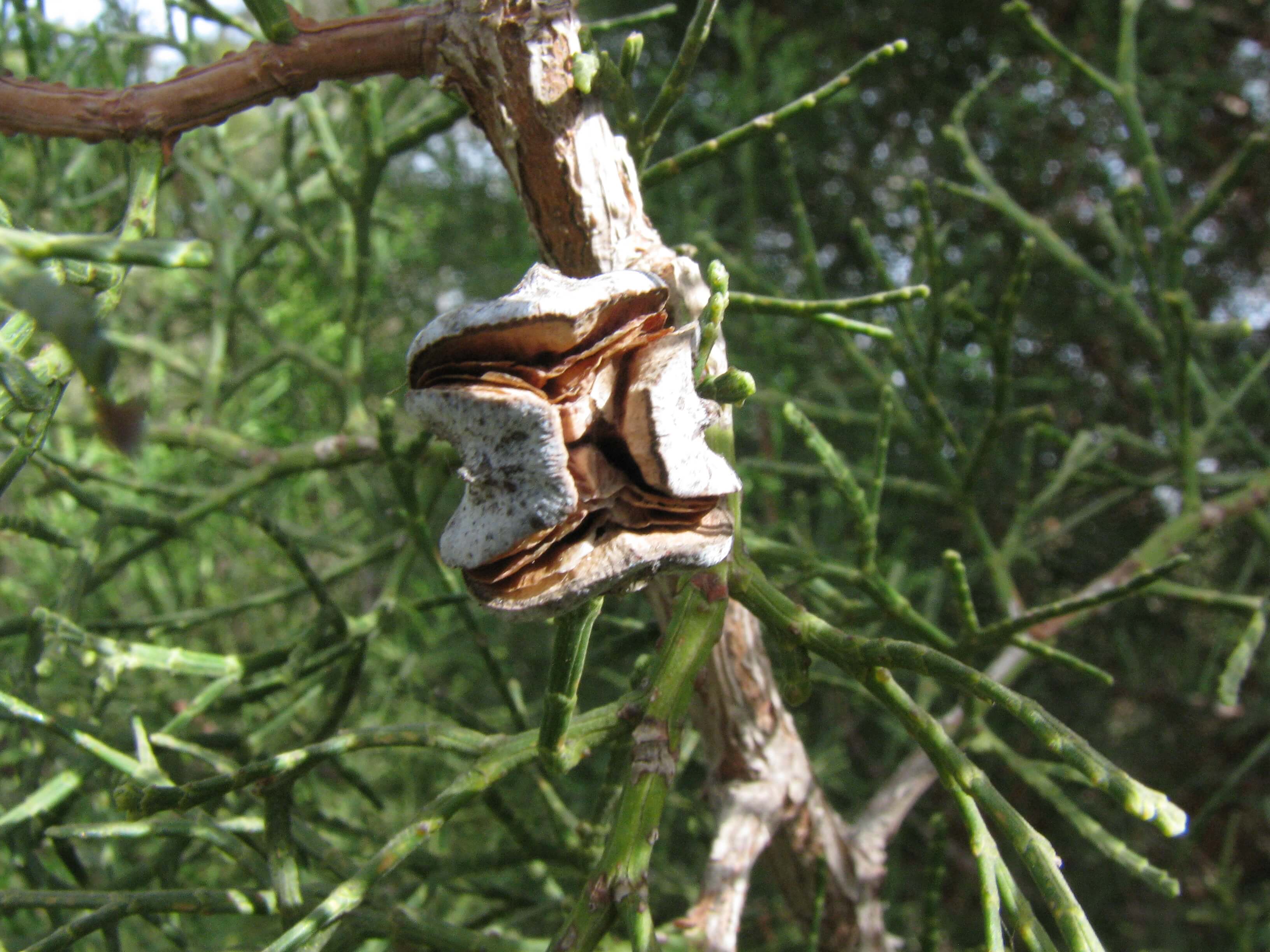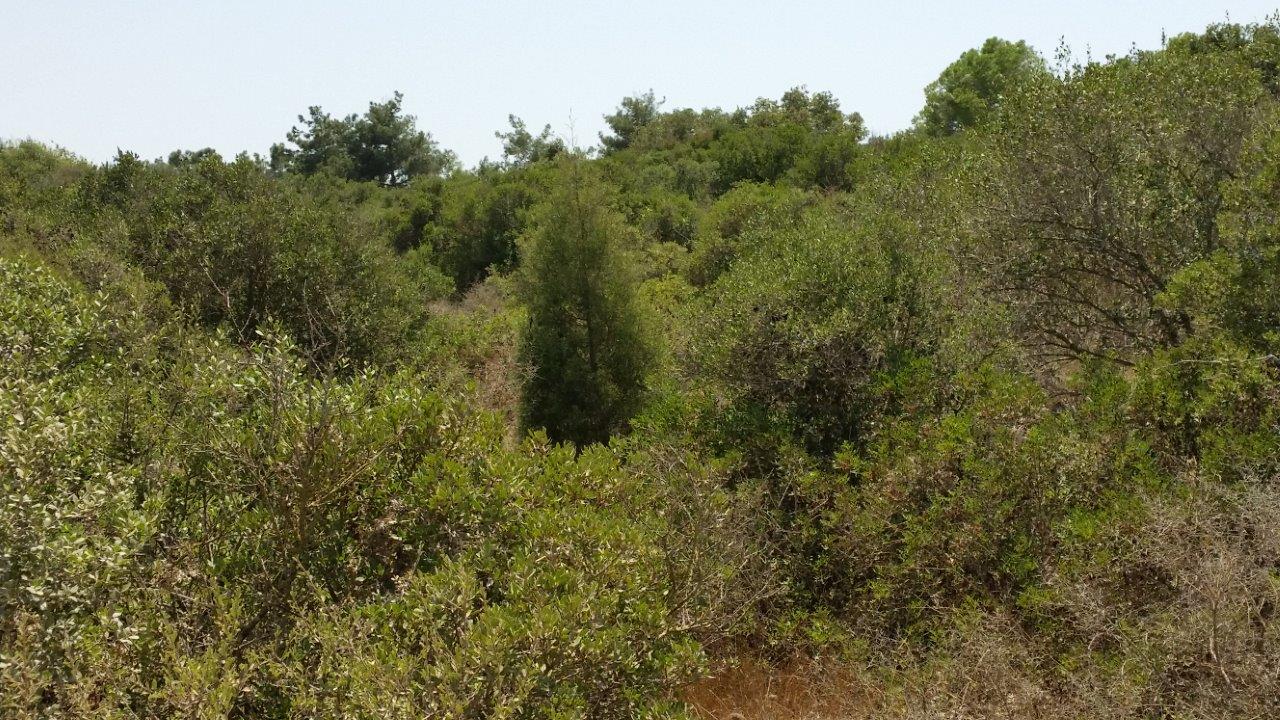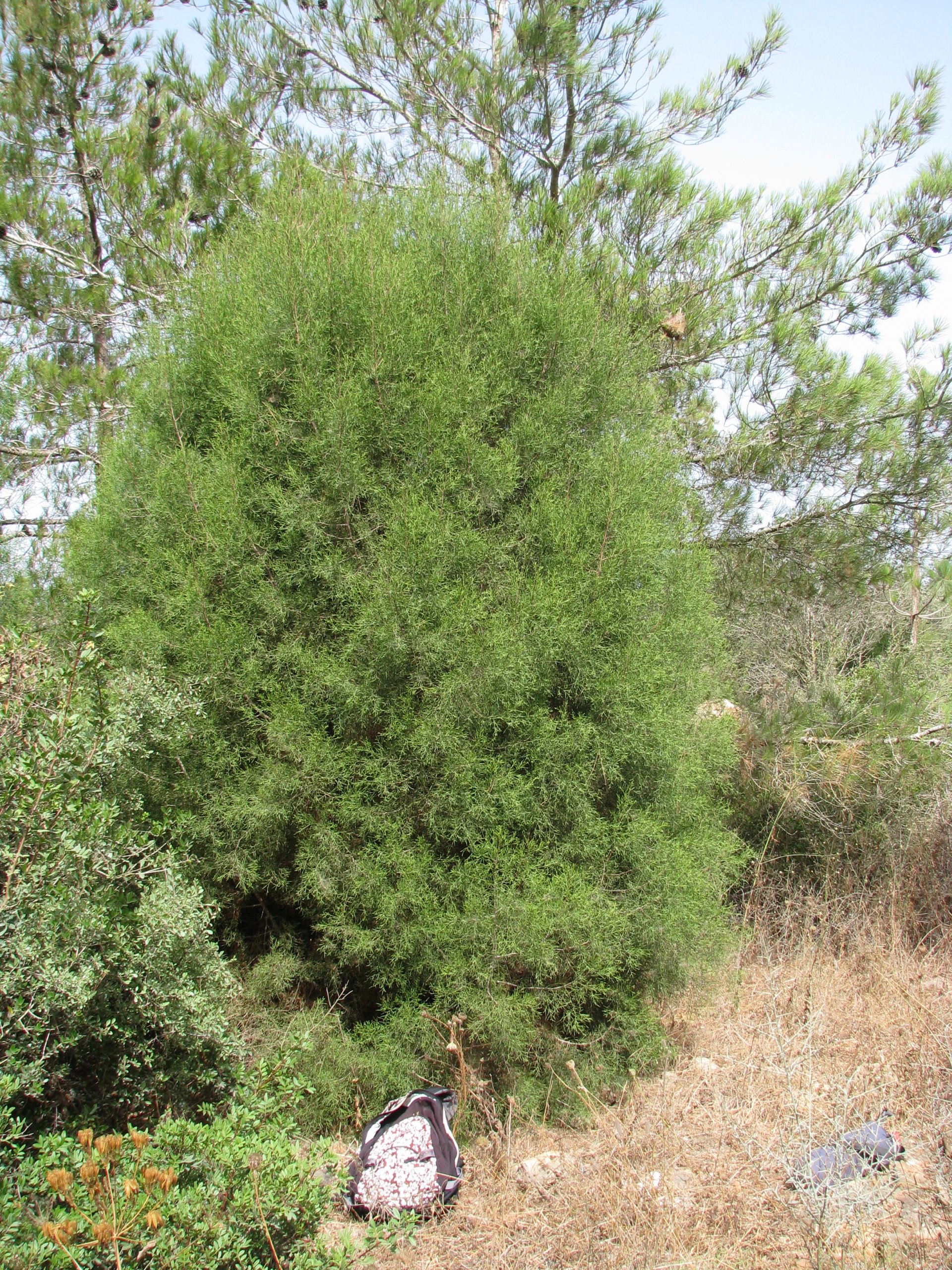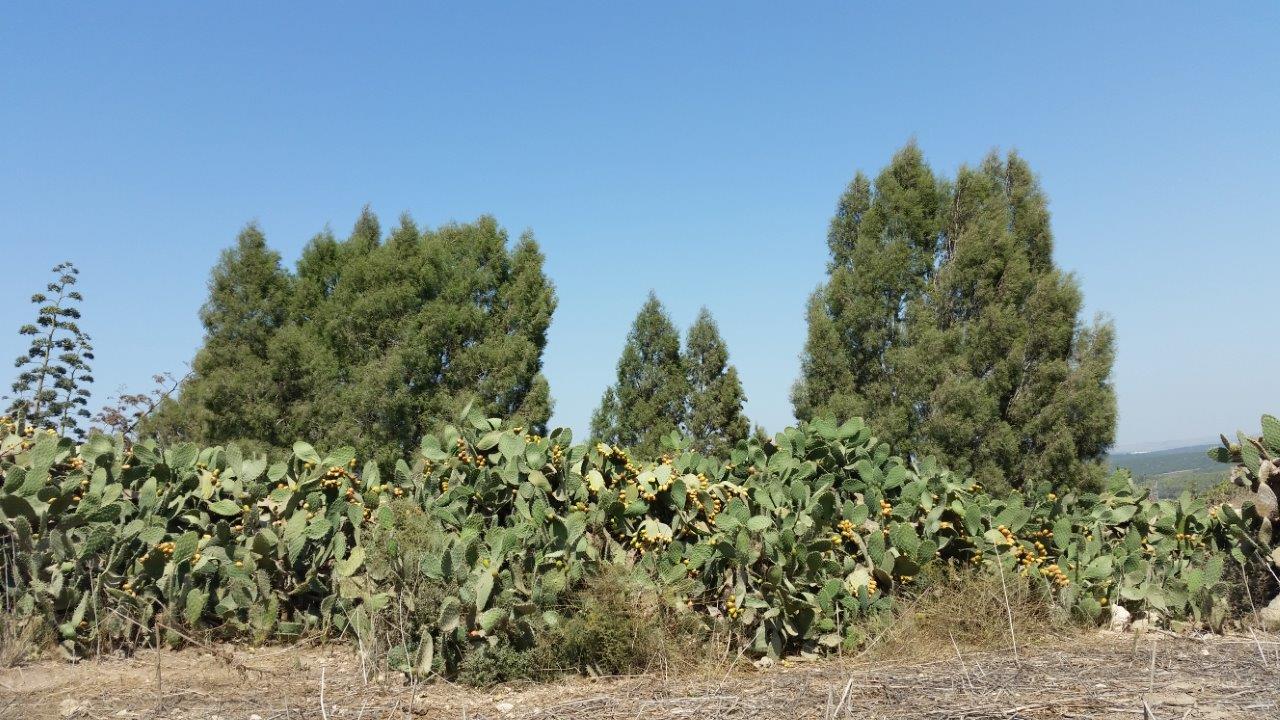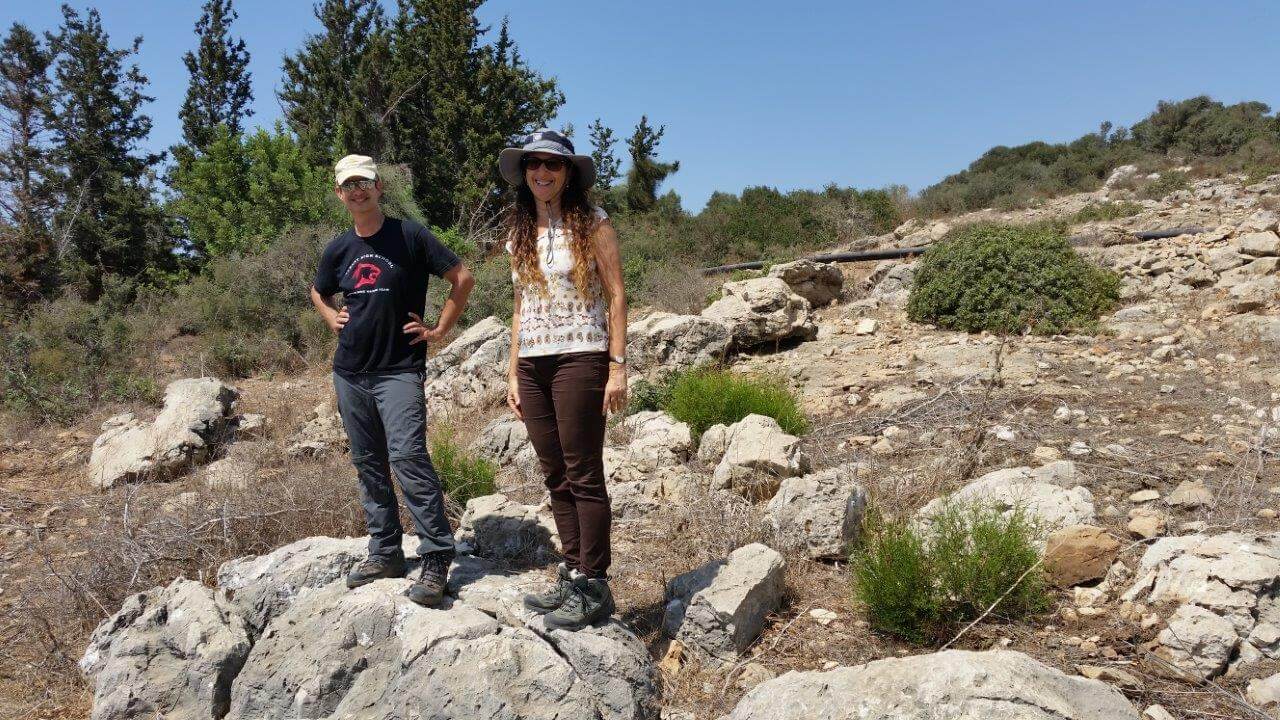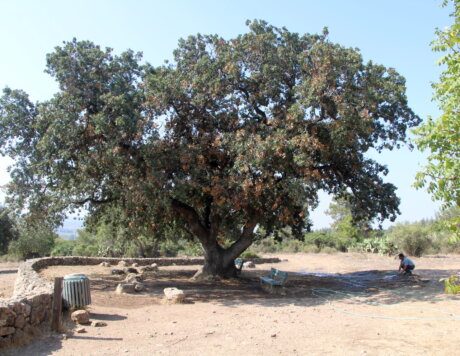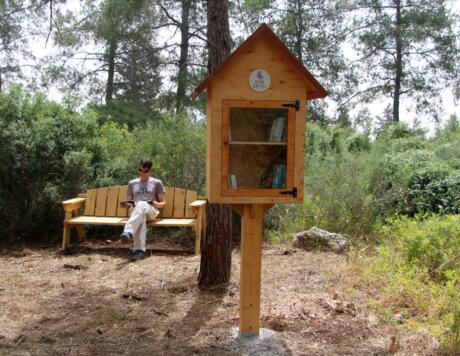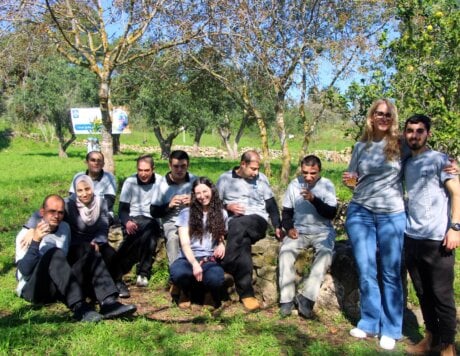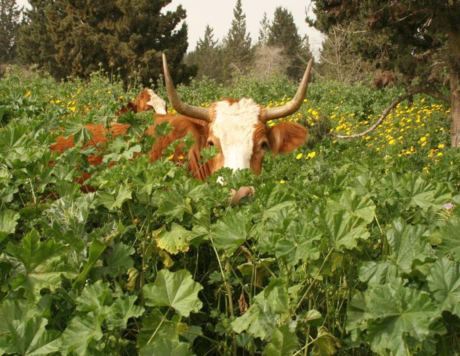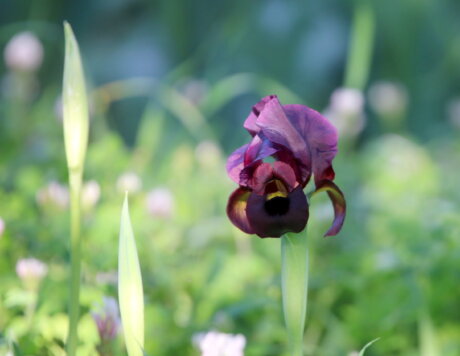Tetraclinis was brought to Israel as part of a project to acclimatize trees for forestry, mainly due to its high resistance to drought. Since Tetraclinis has not been considered invasive on a global scale, no previous effort has been made to examine its invasiveness in Israel. However, in recent years, massive establishment of Tetraclinis has been observed in the natural woodland areas of the Nature Park at Ramat Hanadiv. According to our estimates the tree was planted in the late 1970s to early 1980s at a number of locations around the Park.
This study was based on the work of Ramat Hanadiv’s volunteer staff, working in the Park with Dr. Racheli Schwartz-Tzachor, who thoroughly and diligently identified and mapped all the invasive species growing in the Park including about 1,500 trees of the invasive species Tetraclinis articulata. Within the framework of the study, we examined whether Tetraclinis is an invasive species at Ramat Hanadiv and the factors influencing its outbreak in the Park. The basic assumption of the study was that a combination of the tree’s biological traits and its resistance to drought, together with the environmental factors characteristic of Ramat Hanadiv and trends of climate change (resulting from global warming), are what brought about the outbreak. The study included a survey of the trees in the Park, mapping of Tetraclinis trees that established within it, biological measurements (height, stem circumference, number of pinecones and more) and characterization of environmental factors (vegetation formation, cattle grazing, rainfall and more).
The main conclusion from the analysis of the research data is that Tetraclinis is an invasive species at Ramat Hanadiv. The many trees, which are scattered among a number of locations around the Park, provide a source of seeds for its continued expansion.


